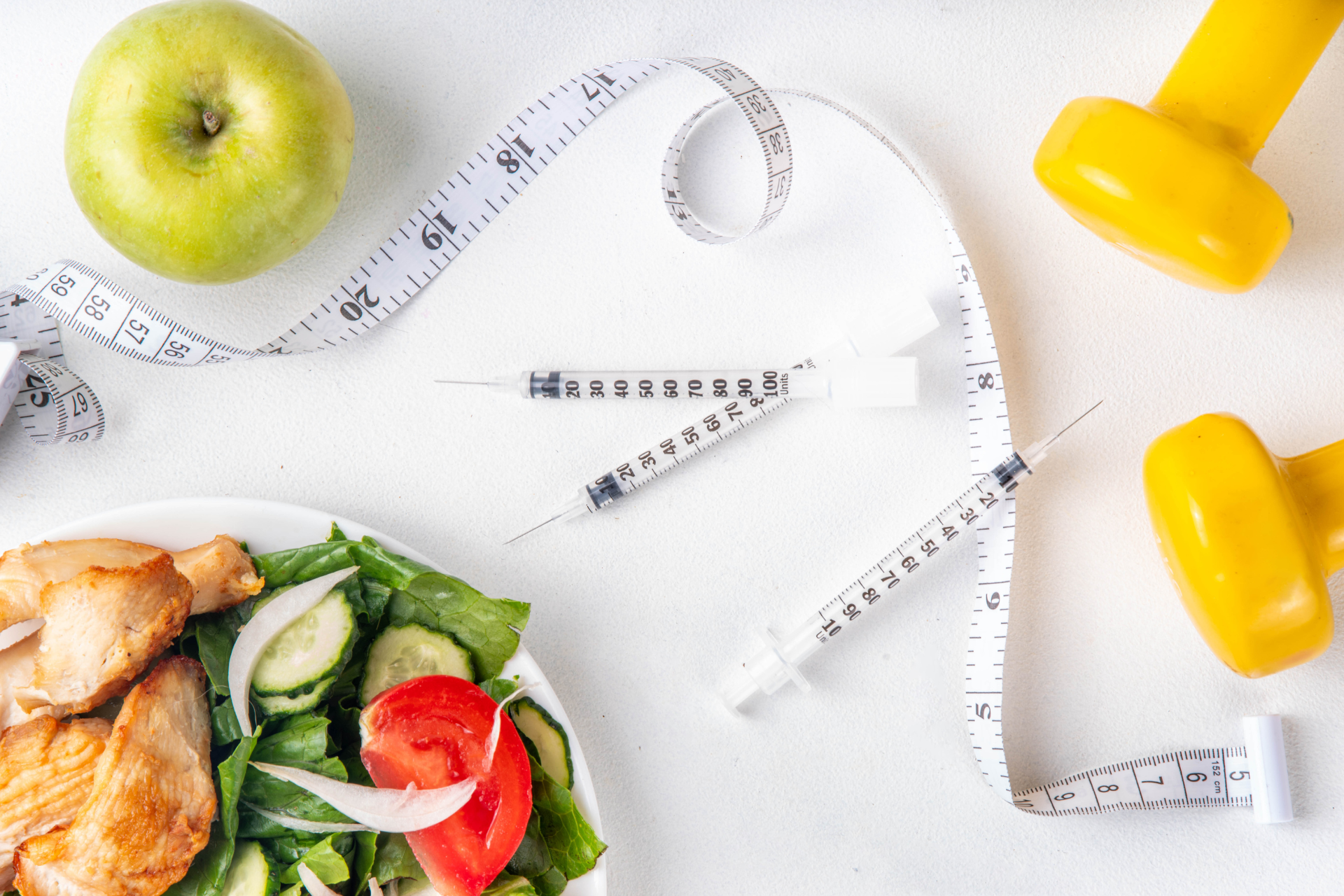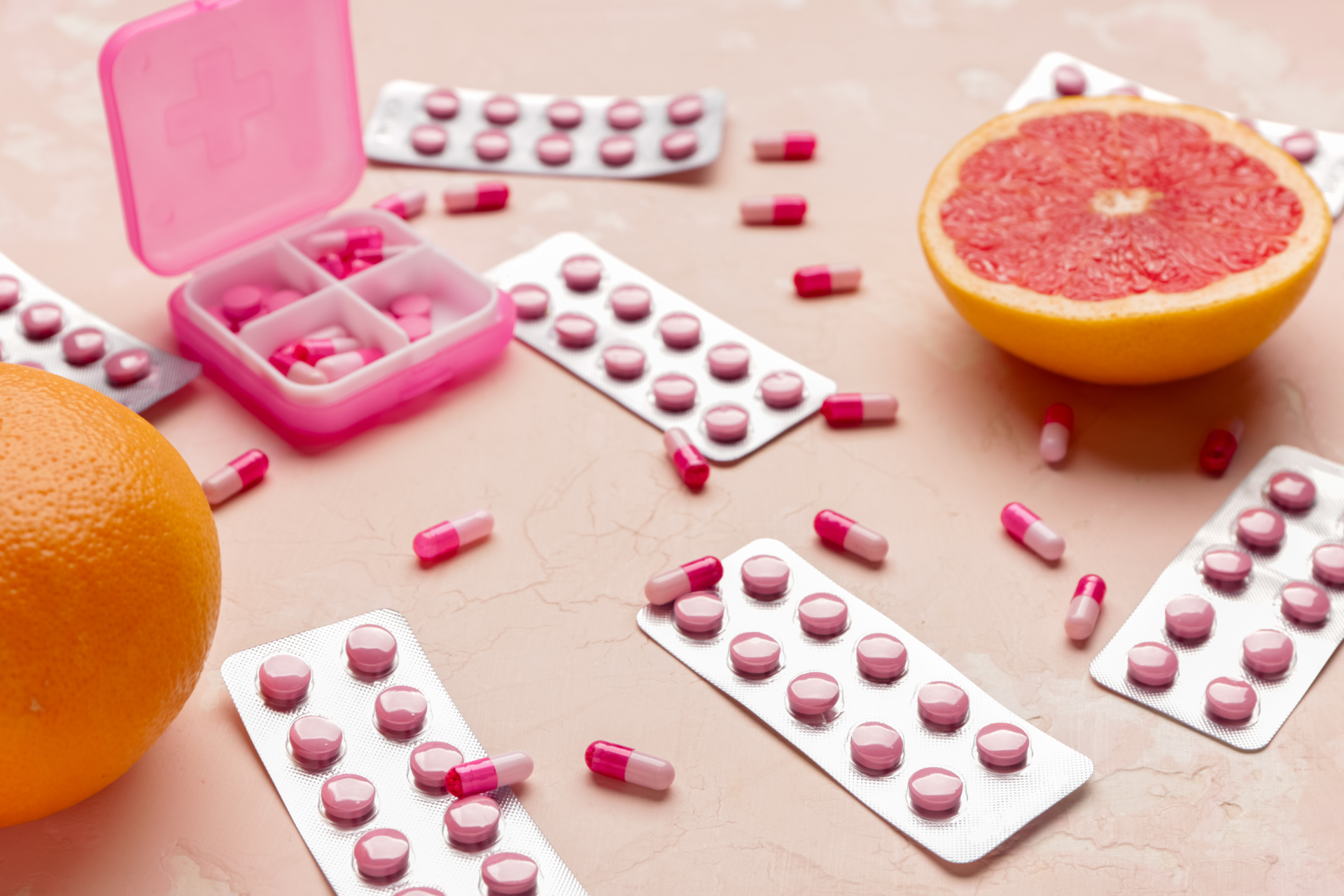
WHO issues warning on fake versions of drugs commonly used for diabetes and weight loss
The World Health Organization (WHO) has recently issued a critical alert regarding the escalating prevalence of counterfeit drugs, particularly those used for diabetes management and weight loss. This surge in fraudulent medications not only poses significant health risks but also undermines public trust in legitimate pharmaceuticals. Understanding the gravity of this issue and learning how to protect oneself is crucial for safeguarding public health.
The Scope of the Problem
The WHO’s urgent warning stems from a noticeable uptick in the detection of counterfeit drugs. These fake medications are often nearly indistinguishable from their authentic counterparts, making it difficult for consumers to identify them. The most frequently targeted drugs include insulin, oral hypoglycemics, and weight-loss medications like GLP-1 receptor agonists.
The proliferation of counterfeit drugs is not just a minor nuisance; it represents a major public health crisis. These fake drugs can be found worldwide, infiltrating markets and endangering lives. The problem is exacerbated by the increasing demand for diabetes and weight-loss treatments, creating a lucrative opportunity for counterfeiters.
Health Risks of Fake Medications
The dangers posed by counterfeit medications are manifold and severe:
- Ineffectiveness:
Counterfeit drugs may contain incorrect ingredients, incorrect dosages, or no active ingredients at all. This means that the medication will not provide the intended therapeutic effects, leaving conditions like diabetes unmanaged and potentially worsening the patient’s health. - Toxicity:
Some fake drugs may contain harmful substances that can cause adverse reactions or toxic effects. These substances can lead to severe health complications, hospitalizations, and even death. - Delayed Treatment:
Relying on ineffective fake medications can delay the proper treatment of diabetes and other conditions, leading to the progression of disease and increased risk of complications. - Erosion of Trust:
The presence of counterfeit drugs can erode trust in healthcare systems and pharmaceutical companies, making patients hesitant to use necessary medications.
Identifying Fake Medications
Consumers play a critical role in protecting themselves from counterfeit drugs. Here are several steps that can help ensure the authenticity of medications:
- Purchase from Reputable Sources:
Always buy medications from licensed pharmacies and trusted healthcare providers. Avoid purchasing drugs from online sources that do not require a prescription or offer significantly lower prices than usual. - Check Packaging:
Examine the packaging carefully. Look for any signs of tampering or differences in color, font, or design from previous purchases. Genuine medications typically have consistent and high-quality packaging. - Verify the Drug:
Use available tools and resources to verify the authenticity of the medication. Some pharmaceutical companies provide verification codes or apps that allow consumers to check the legitimacy of their products. - Consult Healthcare Professionals:
If in doubt, consult your doctor or pharmacist. They can help identify counterfeit drugs and suggest alternative sources for obtaining your medication.

Combating the Spread of Counterfeit Drugs
The WHO, along with national health authorities and pharmaceutical companies, is implementing several measures to combat the spread of counterfeit drugs:
- Strengthening Regulations:
Governments are tightening regulations and improving surveillance to detect and prevent the distribution of fake medications. This includes stricter licensing requirements for manufacturers and distributors, as well as enhanced inspection protocols. - Raising Awareness:
Public awareness campaigns are being launched to educate consumers about the risks of counterfeit drugs and how to avoid them. These campaigns aim to inform the public about the dangers and teach them how to spot potential fakes. - Collaboration with Technology:
Leveraging technology, such as blockchain and digital verification systems, to track and authenticate drugs throughout the supply chain. These technologies can provide a secure way to verify the origin and authenticity of medications. - International Cooperation:
Countries are working together to share information and coordinate efforts to tackle the global issue of counterfeit drugs. This includes cross-border collaboration to disrupt counterfeit drug networks and enhance law enforcement capabilities. - Pharmaceutical Industry Initiatives:
Pharmaceutical companies are also taking steps to protect their products. This includes the development of tamper-evident packaging, implementation of advanced tracking systems, and cooperation with authorities to crack down on counterfeiters.
Conclusion:
The WHO’s alert about counterfeit diabetes and weight-loss medications highlights a pressing health concern that requires immediate attention. The rise of counterfeit drugs is not just a threat to individual health but a challenge to the integrity of healthcare systems worldwide.
To protect oneself, it is essential to remain informed and cautious. Always ensure that medications are purchased from credible sources, authenticate them using available tools, and seek advice from healthcare professionals when necessary.
Combating the proliferation of counterfeit drugs demands a unified effort. Governments, healthcare providers, pharmaceutical companies, and consumers must work together to enhance the safety and reliability of essential medications. By remaining vigilant and proactive, we can protect public health and restore confidence in the medicines that millions rely on every day.
